
XKE VS XK120 | A COMPARATIVE EXPLORATION
Jaguar has long been synonymous with elegance, speed, and innovation. Among its most iconic models, the Jaguar E-Type and the Jaguar XK120 stand out as symbols of the brand's enduring legacy. While separated by more than a decade, these cars share a lineage that showcases Jaguar's remarkable engineering and design prowess. In this article, we'll explore the unique features of each model and how they compare in terms of design, performance, and cultural impact.
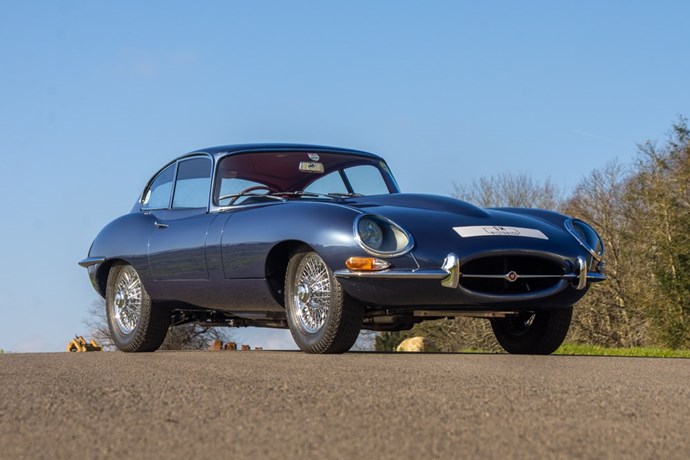
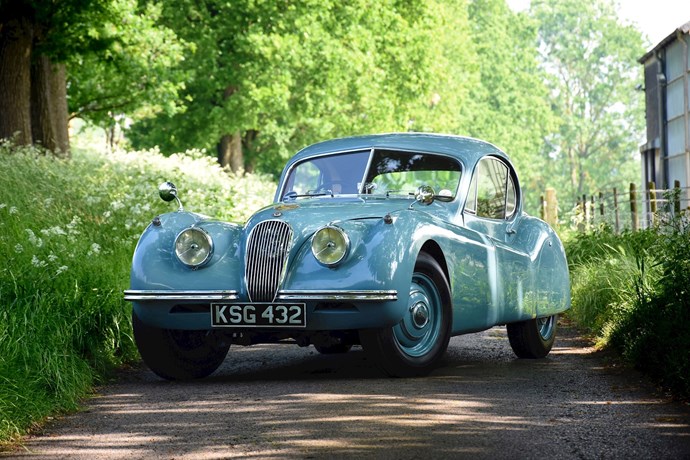
DESIGN & PERFORMANCE
JAGUAR XK120 (1949 to 1954)
The Jaguar XK120 debuted in 1948, and its design was revolutionary for the time. With its sweeping curves, long hood, and low-slung profile, the XK120 was both aerodynamic and aesthetically pleasing. The car's name derived from its top speed—120 mph—making it the fastest production car of its era. The XK120's design combined art and functionality, with its large headlamps and prominent grille giving it a bold yet elegant appearance.
The XK120 was powered by a 3.4-litre inline-six engine, delivering between 160 and 180 horsepower depending on the model year and configuration. This engine provided ample power to propel the car from 0 to 60 mph in approximately 10 seconds—a remarkable feat for the late 1940s and early 1950s. The car's handling, however, was more traditional, with a rigid axle at the rear and leaf springs. Despite its limitations, the XK120 was a formidable presence on both road and track, setting speed records and achieving success in racing events.
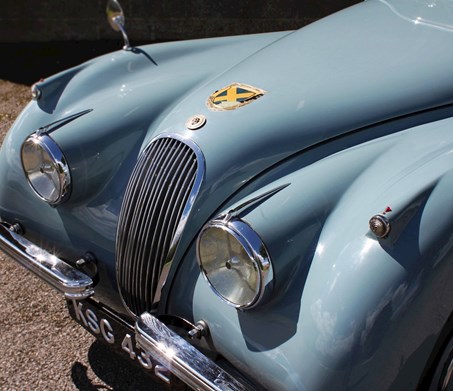
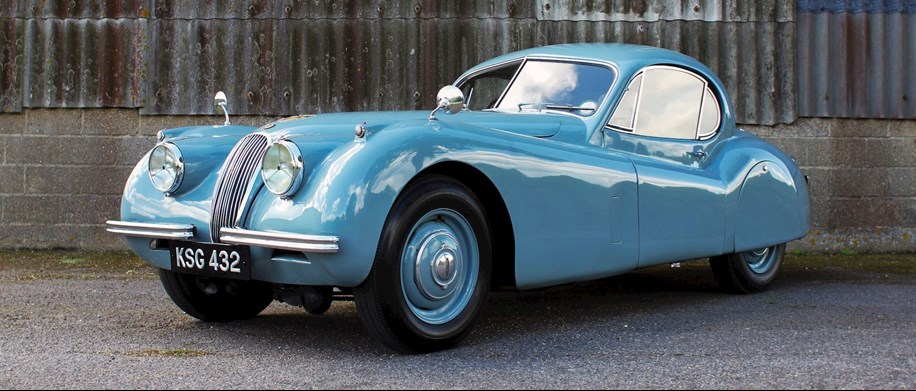
JAGUAR E-TYPE (1961 to 1974)
Fast forward to 1961, and the Jaguar E-Type (or XKE in the United States) made a grand entrance. The E-Type's design was inspired by the sleek lines of the D-Type, a successful Jaguar racing car. Its elongated bonnet, covered headlamps, and distinctive tail end gave it a look that was both futuristic and timeless. The E-Type's aesthetic was so compelling that Enzo Ferrari famously described it as "the most beautiful car ever made." The design was not only about looks—it also boasted innovative features like independent rear suspension and disc brakes on all four wheels.
The E-Type's performance raised the bar even further. Its 3.8-litre inline-six engine, later upgraded to 4.2 litres, offered between 265 and 280 horsepower, allowing the car to reach 60 mph in under 7 seconds. The E-Type's handling was more refined than its predecessor, thanks to its independent rear suspension and disc brakes, providing a smoother and more controlled driving experience. This combination of power and agility made the E-Type a favourite among driving enthusiasts.
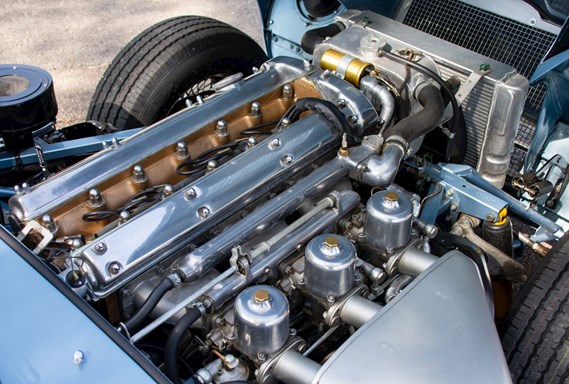
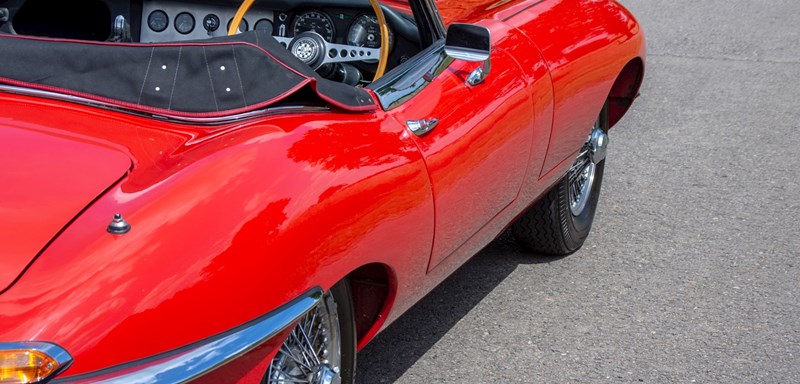
CULTURAL IMPACT & LEGACY
The XK120's impact on the automotive world was profound. It set new benchmarks for speed and style, helping to establish Jaguar's reputation as a leader in performance and design. The car's success in racing further cemented its legacy, with notable victories in events like the Le Mans 24 Hours. The XK120 became a symbol of post-war optimism, capturing the imagination of car enthusiasts worldwide.
The E-Type's cultural impact was even more significant. It became an icon of the 1960s, representing the spirit of the times with its bold design and exhilarating performance. The car's appearance in movies and television shows further elevated its status, and its influence on sports car design was undeniable. The E-Type is often credited with inspiring a generation of car designers and remains a sought-after classic to this day.

TO CONCLUDE...
Both the Jaguar XK120 and the Jaguar E-Type are legendary in their own right. The XK120 represents the dawn of Jaguar's post-war success, showcasing innovative design and performance. The E-Type, with its breath taking aesthetics and impressive engineering, redefined what a sports car could be. While the XK120 laid the foundation, the E-Type built upon it to create a timeless masterpiece. Whether you're drawn to the XK120's classic elegance or the E-Type's iconic silhouette, these cars continue to inspire admiration and awe among automotive enthusiasts worldwide.
